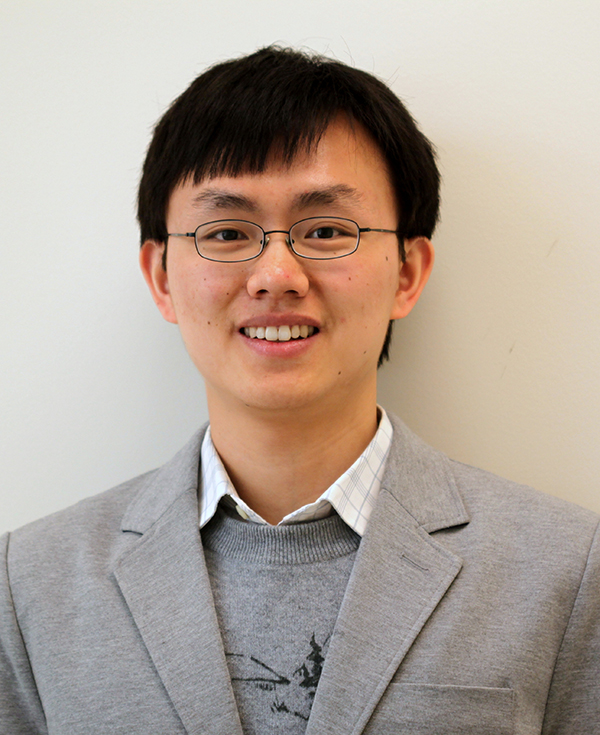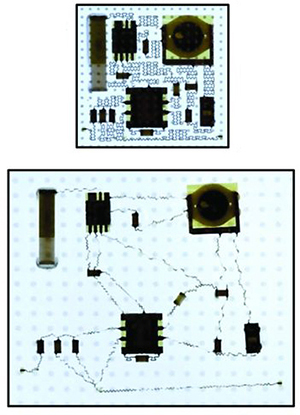
UC San Diego Nanoengineer Named Among MIT Technology Review’s Top Innovators Under 35
Published Date
By:
- Liezel Labios
Share This:
Article Content

Sheng Xu
MIT Technology Review has named Sheng Xu, a professor of nanoengineering at the University of California San Diego, as one of this year’s top innovators under 35. Xu is being recognized for inventing a clever way to make off-the-shelf electronics stretchable.
The goal of Xu’s work is to engineer soft, flexible, stretchable electronics that can be comfortably worn on the human body and still perform just as well as today’s hard electronic devices. This is a hot topic in the field of wearables research, and what sets Xu’s approach apart is that it makes it possible to merge off-the-shelf rigid electronic components—amps, IC chips, multiplexers, radios, sensors, transducers, etc.—with soft, elastic materials.
“We don’t have to reinvent the wheel. We can use existing electronic components to create wearable, flexible systems quickly, at low cost, and with low barrier to market,” said Xu.
Integrating rigid electronics into elastic materials to create a stretchable device is challenging. They are mechanically incompatible, so any bending and stretching will create a lot of strain at their interface, causing the device to fail.

Electronic device being stretched. Image courtesy of Sheng Xu/Science
Xu solves this problem by inventing a technique to reduce the interfacial strain between rigid and soft components. He binds each rigid component to the elastic material only at a selected number of small points—a method he calls selective bonding.
“Interfacial strain between the hard and soft components increases with the size of rigid component. Using selective bonding, we effectively reduce the size of the rigid component. No matter how large it is, only a small fraction of it is ever coupled to the soft component,” said Xu.
The rigid components are connected electrically by extremely thin, spring-shaped wires that can stretch and bend, creating a soft wearable system that is like a stretchable circuit board.
Xu has used his technology to create a variety of stretchable electronics, including a soft, stretchable bandage that conforms to the skin and can monitor various electric signals in the body. He’s also collaborated with other teams at the UC San Diego Jacobs School of Engineering to build a stretchable, wearable biofuel cell that can extract energy from sweat and power an LED. More recently, he’s built a stretchable, flexible ultrasound patch that could probe for cracks and defects deep below the surface of odd-shaped structures.
A full list of his publications can be found on Xu’s website.
Click here to see the full list of innovators selected in 2018 by MIT Technology Review.
Share This:
You May Also Like
Stay in the Know
Keep up with all the latest from UC San Diego. Subscribe to the newsletter today.


